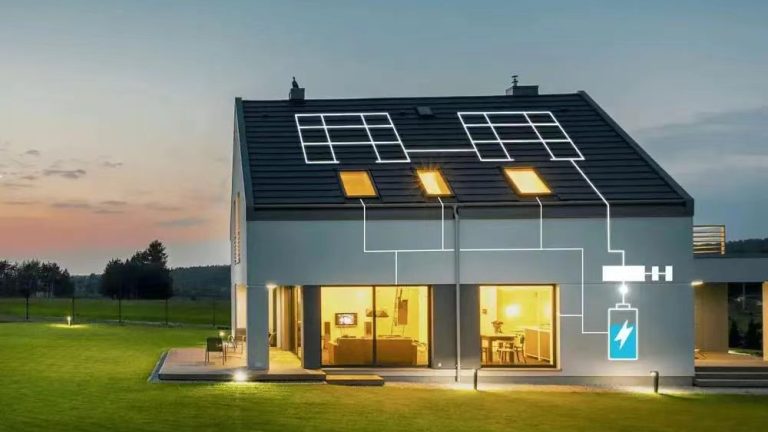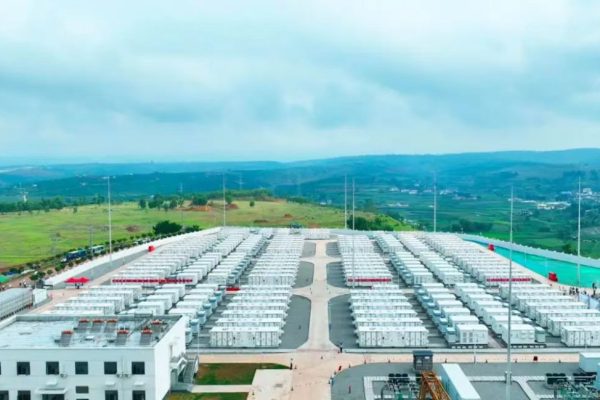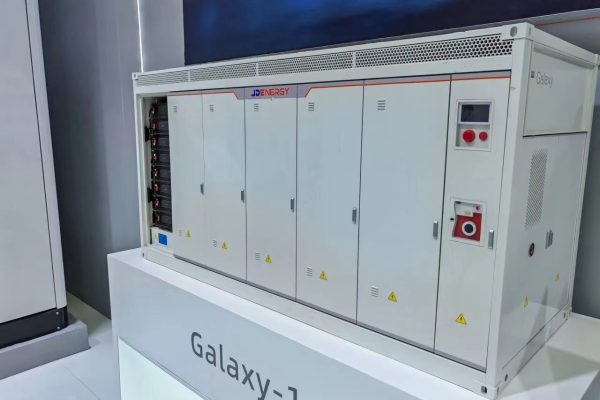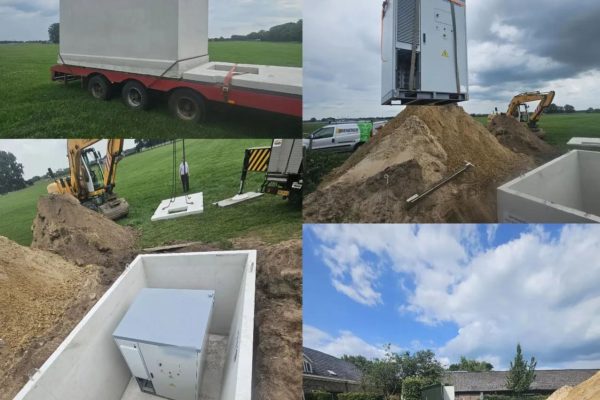Exploring When and Why Battery Systems Are Still Worth It
Introduction: Do You Really Need Solar Panels to Use a Battery?
When people think of home energy storage, solar panels are usually part of the picture.
But what if a homeowner says:
“I don’t have PV. Can I still install a battery system?”
The answer is yes — and in some cases, it’s not just possible but practical.
This article explores when residential storage systems can make sense without solar, what drives the use case, and how to evaluate such projects for technical and economic viability.
1. Who Might Consider Storage Without PV?
Let’s begin by looking at typical user types who might ask for batteries but have no solar:
- Urban households with unstable grids
Frequent outages, voltage drops, or phase imbalances can affect comfort and appliance safety. - Tenants or homeowners without roof rights
People in rented homes or apartments can’t install PV but still want backup. - Regions with low solar yield or shading
Some locations simply aren’t good for PV — but storage can still support reliability. - Time-of-use (TOU) arbitrage users
In areas with electricity pricing that varies by hour, storing cheap power at night and using it in peak hours can lower bills. - Backup-only buyers
Their concern is not saving on bills, but keeping lights and refrigeration on during blackouts.
2. Common Configurations: Storage-Only Without PV
There are two practical system types in this case:
A. AC-Coupled Battery with Backup Function
- The battery charges from the grid.
- It automatically powers select loads during grid outages.
- Often paired with hybrid or battery inverters that support grid-charging.
Typical specs:
- 3–5 kW inverter
- 5–15 kWh lithium battery
- UPS switching within 10–20 ms
Advantage: Smooth backup for fridges, lighting, routers, etc.
Use case: Residential customers in load-shedding zones.
B. Time-of-Use Optimization Setup
- Charges during off-peak pricing periods.
- Discharges during peak pricing.
- Requires programmable inverter or EMS (Energy Management System).
Requirement: TOU electricity pricing structure must be significant (peak vs. off-peak price gap > 2x).
Goal: Reduce bills, not outages.
3. Key Question: Is It Economically Sensible?
This depends on three major variables:
A. Local Electricity Tariff Structure
- In flat-rate zones, storage won’t reduce bills without solar.
- In TOU or demand charge environments, it might.
Example:
- Off-peak: $0.08/kWh
- Peak: $0.30/kWh
- Round-trip battery efficiency: 85%
- Arbitrage gain per kWh ≈ $0.17
- For 10 kWh daily use → ~$51/month in savings → $600+/year
If battery + inverter system costs ~$5,000, that’s an 8-year payback — borderline acceptable depending on priorities.
B. Reliability Needs
In high-outage zones, the “value” of storage is not monetary but comfort, food preservation, and security.
Clients may not measure ROI in dollars — instead, they value:
- Running medical equipment
- Keeping children safe during blackouts
- Avoiding freezer losses
This is common in South Asia, Africa, parts of Latin America, or even urban pockets with overloaded grids.
C. Flexibility for Future PV
If a client might add solar later, it’s smart to install a battery system now that is PV-ready.
This means choosing a hybrid inverter with DC inputs or AC-coupled architecture that allows PV retrofit later.
4. Battery Sizing Tips in Storage-Only Systems
Without solar replenishment, battery sizing must match daily use + desired backup hours:
- Light backup (lighting, WiFi, TV): 3–5 kWh
- Full-home backup (excluding AC): 8–10 kWh
- Refrigerator + water pump + basic loads: 7–10 kWh minimum
- Multiple outage events per day: consider 15–20 kWh
Important:
If there’s no solar to recharge, deep discharges must be managed carefully to protect lifespan.
A BMS with depth-of-discharge (DoD) limits, and inverter with programmable output, is essential.
5. Inverter Choice Considerations
Not all hybrid or battery inverters allow grid-only charging. Choose an inverter that supports:
- AC input for battery charging
- Programmable charging schedules (especially for TOU usage)
- UPS/off-grid mode with automatic switchover
- Remote monitoring via WiFi/LAN
Some suitable inverter types:
- Deye Sun 3/5/8K hybrid series
- Growatt SPH or SPF series
- Voltronic Axpert VM series
- Solis RHI hybrid models (check firmware)
6. Regulatory and Grid Policy Considerations
In some regions:
- Charging batteries from the grid may be restricted or taxed
- Feed-in tariffs are only available if PV is included
- Grid-charged storage may not qualify for subsidies
Your role as a technical trade partner is to clarify:
- Local utility policies
- Whether a grid-charged-only setup is legal or economically rational
- If future PV retrofitting is feasible
7. Selling Strategy: Don’t Overpromise — Be Specific
When offering storage without PV, be very clear about:
- What the system can do (e.g., run lights for 8 hours, save money during peak time)
- What it cannot do (e.g., provide indefinite backup, reduce bills in flat-rate zones)
Clients may come in with solar expectations — your role is to guide them toward storage logic.
Also highlight:
- Safety: Li-ion with certified BMS and proper enclosures
- Expandability: Modular design for future scaling
- Compatibility: PV-ready architecture if desired later
Summary: Batteries Without PV — A Niche, But Real Use Case
Residential storage without PV is not the mainstream, but it makes sense in certain cases:
✅ Frequent outages
✅ No roof or poor solar conditions
✅ TOU pricing
✅ Medical or safety needs
✅ Plan to add PV later
The key is correct expectation setting, sizing, and technical matching — something a knowledgeable trade partner is best positioned to offer.









